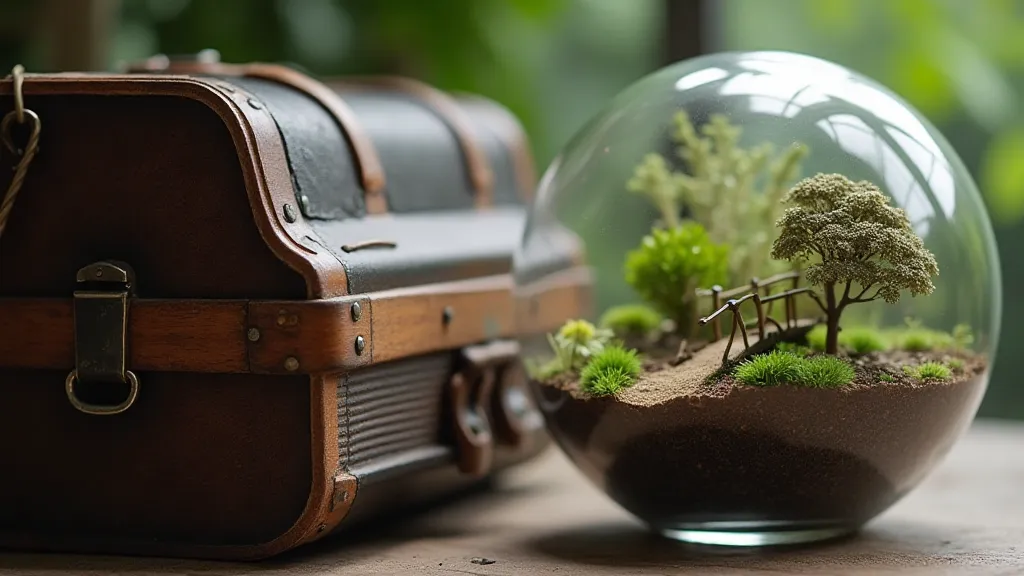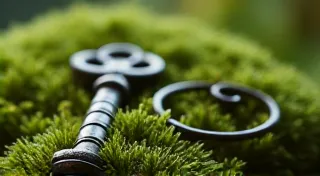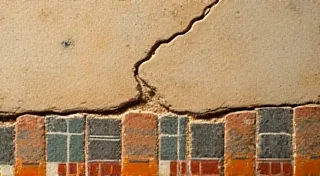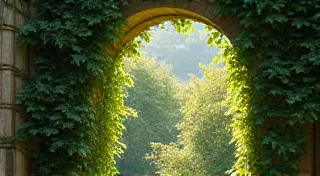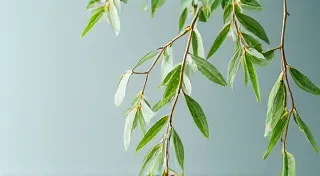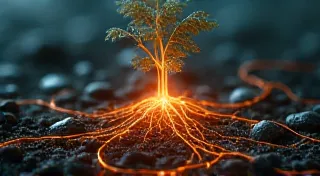A Jewel-Box World: Miniature Gardens Within Glass Globes
There's a particular kind of magic woven into the creation of miniature gardens within glass globes. It’s a magic that echoes the patient craftsmanship of bygone eras, the quiet reverence for nature’s intricate beauty, and the joy of holding a perfectly realized universe in the palm of your hand. It’s a practice that, in a strange way, feels intrinsically linked to other pursuits of meticulous creation – like the restoration of antique accordions. Think about it: both require an understanding of delicate mechanics, a respect for the materials involved, and a dedication to bringing something old and perhaps a little worn back to vibrant life.
I remember discovering the world of antique accordions quite by accident. My grandfather, a man of few words but overflowing with silent skill, had one tucked away in his attic – a Hohner concertina, its bellows faded and its keys sticking. It wasn’t just an instrument; it was a tangible link to his past, and to a time when artistry and durability were paramount. The meticulous nature of restoring it – cleaning each key, meticulously re-gluing the bellows, re-leathering – felt almost meditative. It highlighted the deep satisfaction that comes from understanding and preserving something beautiful and functional.
Creating miniature gardens within globes shares that same spirit of patient restoration. You're not just arranging plants; you’re building an ecosystem, a tiny landscape that tells a story. The glass globe becomes the frame, the protector, and the defining boundary of this little world. The challenge isn’t merely aesthetic; it's about ensuring its long-term viability. It’s a self-contained universe that demands careful planning and ongoing attention, mirroring the responsibility felt when breathing new life into an antique instrument. The process itself can feel akin to mastering the art of miniature bonsai techniques, carefully shaping and guiding growth within a limited space.
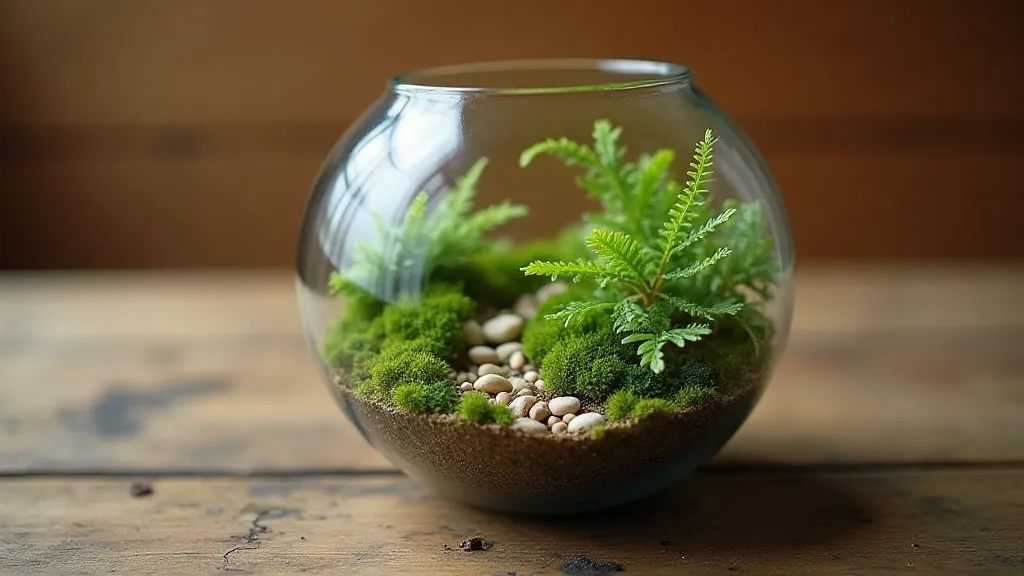
Choosing Your Plants: A Miniature Garden Plants List
The selection of plants is crucial. Size is the most obvious consideration, of course. We're talking about plants that will remain small, slow-growing, and ideally thrive in a humid environment. Succulents and cacti are often touted as good choices, but they can be tricky in a closed globe – the humidity can lead to rot. Mosses, however, are almost tailor-made for these miniature landscapes. A good miniature garden plants list will include:
- Sheet Moss: Provides a lush ground cover.
- Sphagnum Moss: Excellent for moisture retention.
- Irish Moss: Adds a delicate, trailing effect.
- Miniature Ferns: Add texture and visual interest. (Consider Asplenium nidus ‘Bird’s Nest’ – select very small fragments).
- Baby Tears (Soleirolia soleirolii): Can be quite vigorous, so prune regularly.
- Creeping Thyme: Releases a lovely scent when gently touched.
Dwarf varieties of herbs like thyme and oregano can also add a touch of fragrance and visual appeal, but require careful pruning to prevent them from outgrowing their tiny domain. Remember, the success of your miniature garden hinges on careful observation and proactive intervention. Many find the process deeply rewarding, similar to the meticulousness required to bring a forgotten skill back to life.
Dollhouse Landscaping Ideas: Designing Your Tiny World
Think about the landscape you want to create. Do you want a fairy garden, a woodland scene, or a miniature desert oasis? The possibilities are endless. Use tiny stones, gravel, and driftwood to create pathways, hills, and focal points. A tiny, handcrafted bench or a miniature fairy figurine can add a touch of whimsy and storytelling. Remember the principle of visual hierarchy; guide the viewer’s eye with carefully placed elements. The careful arrangement of elements, coupled with the scale, can be surprisingly impactful. If you're looking for inspiration and techniques to tell compelling stories within your miniature world, exploring how silent storytellers utilize miniature figurines can provide fantastic ideas.
The challenge here is perspective. What might appear subtle in a full-scale garden can become dominant in a miniature setting. A single, strategically placed pebble can become a boulder. A small clump of moss can feel like a sprawling forest. This heightened sense of scale necessitates careful planning and a keen eye for detail.
Miniature Moss Cultivation: Maintaining Your Green Miniature World
Moss cultivation is essential for the long-term health of your miniature garden. Moss thrives in humid, shady environments, so regular misting is crucial. Avoid direct sunlight, which can scorch the delicate foliage. Consider adding a small fan to increase air circulation and prevent mold growth. Re-potting might not be necessary, but occasionally adding a layer of fresh sphagnum moss can refresh the environment and provide essential nutrients. The subtle art of moss cultivation is akin to tending a prized antique – a gentle touch and consistent care are paramount. Further exploration into propagation techniques for rare plants can also offer valuable insights into cultivating a thriving miniature ecosystem - find more details at The Humming Seed.
Creating Miniature Greenhouses: A Touch of Ingenuity
For those who want to go a step further, creating a miniature greenhouse within the globe adds a unique and charming element. This can be achieved using clear plastic or resin, carefully shaped and secured within the globe. This allows you to create a slightly warmer and more controlled environment for your plants, particularly beneficial during colder months. It's a testament to the ingenuity required to successfully maintain these tiny ecosystems.
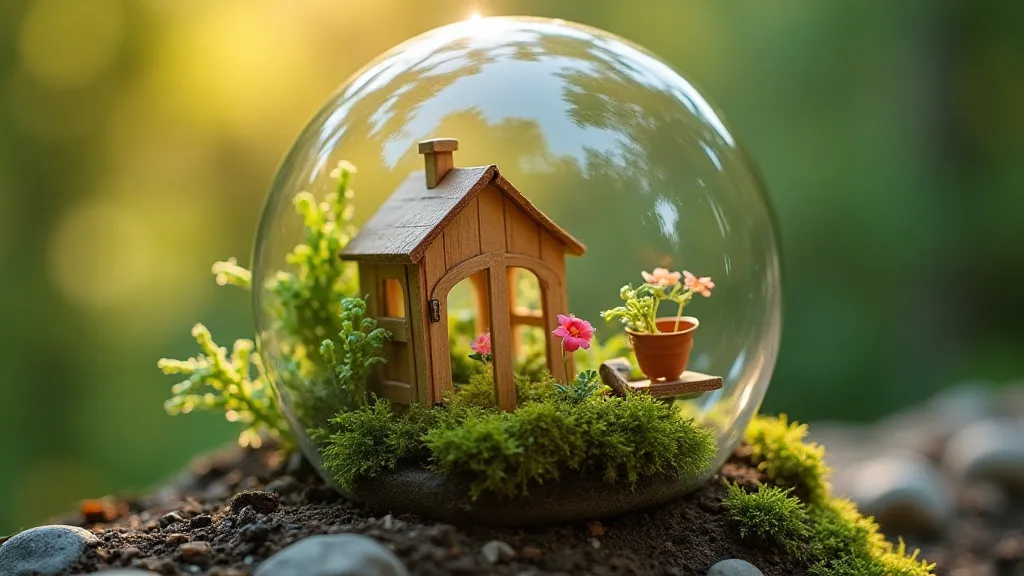
Scale Model Flower Pots & Fairy Garden Supplies Online
Finding the right scale model flower pots and fairy garden supplies online is crucial for achieving that authentic look. Numerous artisans specialize in creating these tiny treasures. Look for pots made from resin or clay, accurately scaled to your miniature world. Tiny garden tools, miniature watering cans, and diminutive figurines add character and charm. Think of these as the intricate details that distinguish a truly exceptional miniature garden from a mere collection of plants.
Indoor Miniature Garden Designs & Miniature Bonsai Techniques
Indoor miniature garden designs are limited only by your imagination. Consider incorporating natural elements like stones, shells, and driftwood. Experiment with different layering techniques to create a sense of depth and dimension. Even attempting miniature bonsai techniques, carefully pruning and shaping your plants, can add a touch of artistry and sophistication. These are more than just gardens; they are miniature works of art, carefully constructed and lovingly maintained. They require the same dedication and precision as restoring a treasured antique.
Terrarium Building Guide: Bringing It All Together
A terrarium building guide, in essence, boils down to meticulous planning and careful execution. Start with a layer of drainage material, such as gravel or pebbles. Add a layer of activated charcoal to help filter the water. Then, add a layer of potting mix specifically formulated for terrariums. Carefully arrange your plants and decorative elements. Mist the terrarium thoroughly. And, most importantly, be patient. These tiny ecosystems take time to establish and thrive. It's a process that rewards persistence and a genuine appreciation for the beauty of the natural world - a philosophy shared with those who restore antique accordions; a commitment to breathing new life into something precious and enduring. The importance of intentional design and thoughtful placement are key to creating a captivating miniature world, as described in detail in Under Glass.
